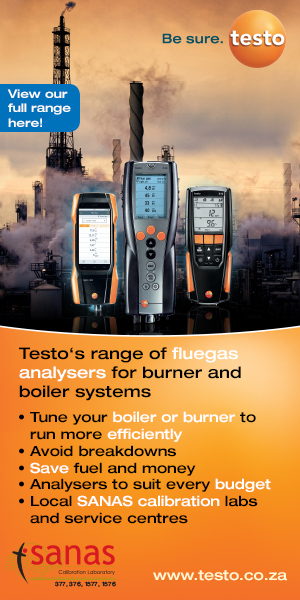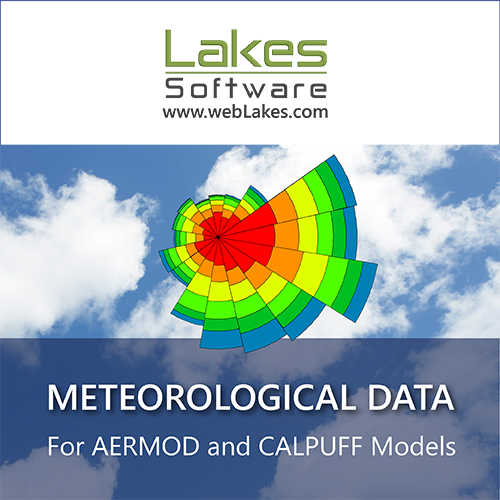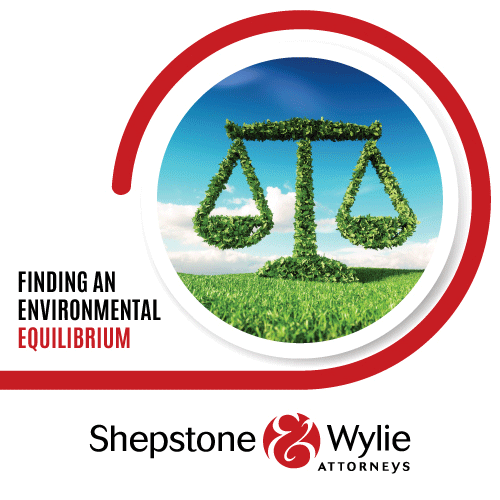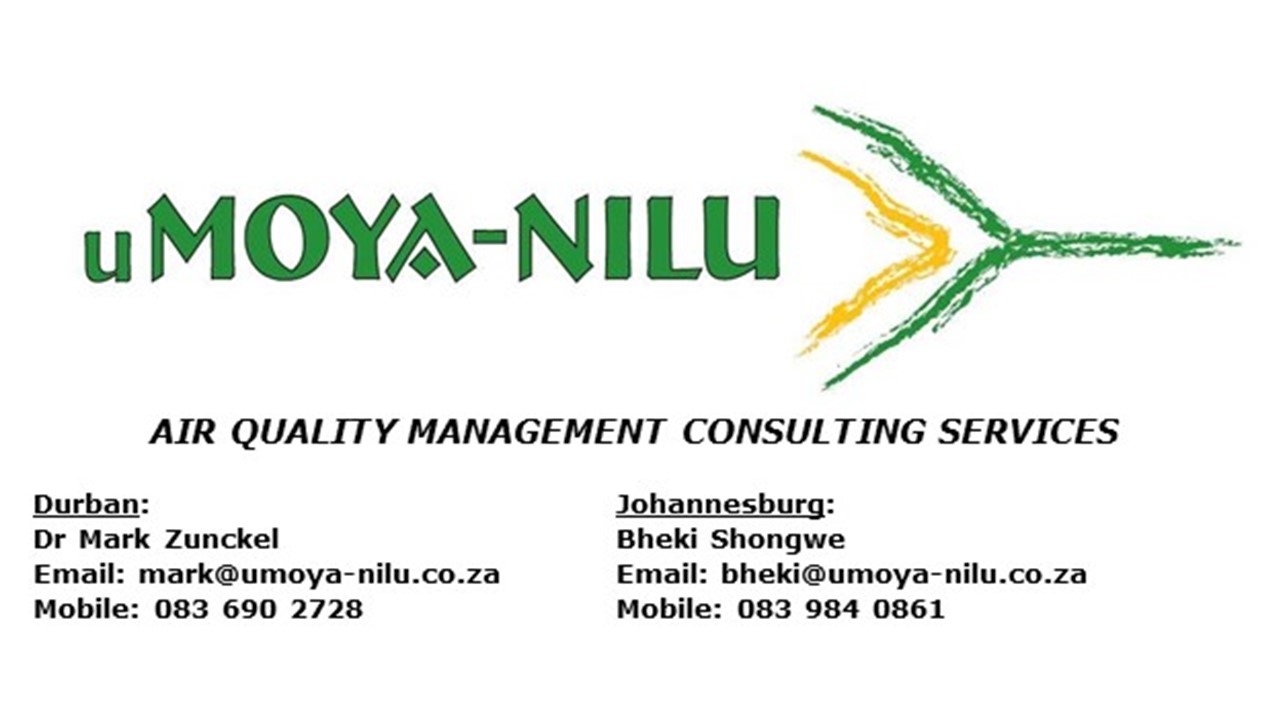Air pollution in Kigali, Rwanda: spatial and temporal variability, source contributions, and the impact of car-free Sundays
DOI:
https://doi.org/10.17159/caj/2020/30/2.8023Keywords:
fine particulate matter, ozone, black carbon, Sub-Saharan Africa, urban air pollution, vehicular emissions, biofuel emissions, low-cost sensorsAbstract
Ambient air pollution, particularly fine particulate mass (PM2.5) and ozone (O3), is associated with premature human mortality and other health effects, but monitoring is scarce to non-existent in large parts of Africa. Lower-cost real-time affordable multi-pollutant (RAMP) monitors and a black carbon monitor were deployed in Kigali, Rwanda to fill the air quality data gap here. PM2.5 data were corrected using data from a coincident, short-term campaign that used standard filter-based gravimetry, while gas data were verified by collocation with reference carbon monoxide (CO) and O3 monitors at the Rwanda Climate Observatory at Mt Mugogo, Rwanda. Over March 2017-July 2018, the ambient average PM2.5 in Kigali was 52 µg/m3, significantly higher than World Health Organization (WHO) Interim Target 1. Study average BC was 4 µg/m3, comparable to mid-sized urban areas in India and China and significantly higher than BC in cities in developed countries. Spatial variability across various urban background sites in Kigali appears to be limited, while PM2.5 at Mt Mugogo is moderately correlated with PM2.5 in Kigali. A sharp diurnal profile is observed in both PM2.5 and BC, with the Absorption Angstrom Exponent (AAE) indicating that the morning peak is associated with rush-hour traffic-related air pollution (TRAP) while the late evening peak can be attributed to both traffic and domestic biofuel use. PM2.5 in the dry seasons is about two times PM2.5 during the following wet seasons while BC is 40-60% higher. Local sources contribute at least half the ambient PM2.5 during wet seasons and one-fourth during dry seasons. Traffic restrictions on some Sundays appear to reduce PM2.5 and BC by 10-12 µg/m3 and 1 µg/m3 respectively, but this needs further investigation. Dry season ozone in Kigali can exceed WHO guidelines. These lower-cost monitors can play an important role in the continued monitoring essential to track the effectiveness of pollution-control policies recently implemented in Rwanda.
Downloads
Downloads
Published
How to Cite
Issue
Section
License
Copyright (c) 2020 R Subramanian

This work is licensed under a Creative Commons Attribution 4.0 International License.

All articles are published under a Creative Commons Attribution 4.0 International License; copyright is retained by the authors. Readers are welcome to reproduce, share and adapt the content without permission provided the source is attributed.








.png)